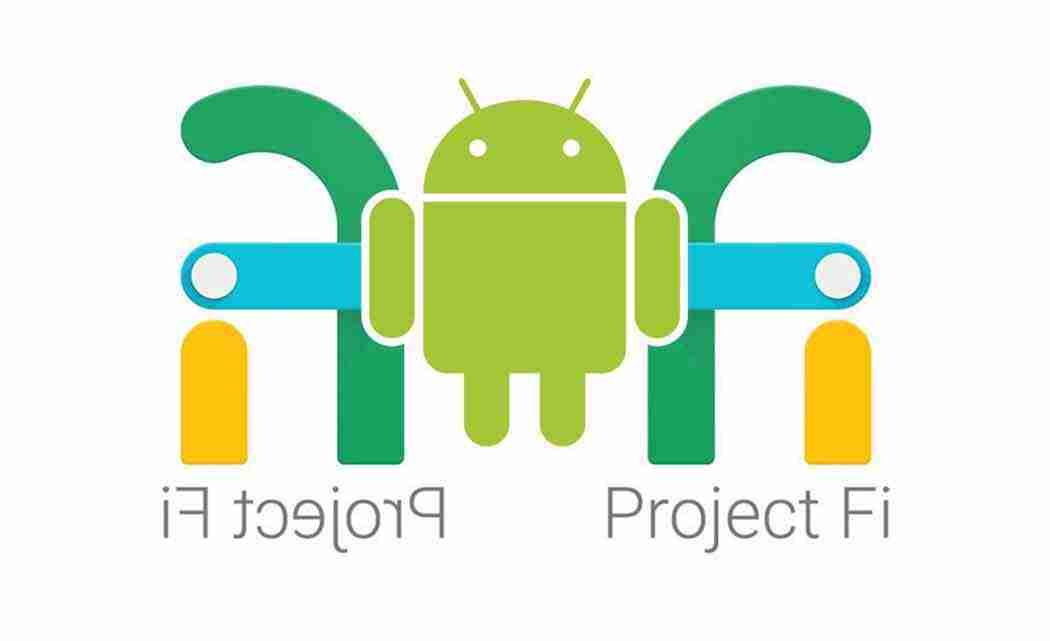By MICHAEL LIEDTKE
AP Technology Writer
MOUNTAIN VIEW, Calif. (AP) _ Google wants the wireless services that connect mobile devices to digital content to be cheaper and more reliable.
The reason has as much to do with the pursuit of profit as with trying to make smartphones more useful. More time spent using Google’s dominant search engine or watching videos on its popular YouTube site translates into more opportunities for the company to show its moneymaking ads.
Enter “Project Fi,” the Internet company’s recently launched attempt to usher in new ways to keep smartphones online while lowering the cost for streaming video, listening to music, getting directions and searching for information.
“Wireless connectivity has become so essential that it’s kind of like our lifeblood,” says Nick Fox, the Google Inc. executive overseeing Project Fi. “This gives us a playground where we can try things out.”
In a break from the status quo, Project Fi will cost just $20 for basic service and then only charge for the amount of data consumed over cellular networks that Google is leasing from T-Mobile and Sprint. Most plans charge a flat rate under metered plans that limit customers to a specific amount of data.
Google’s service is also promising to automatically switch customers to publicly available Wi-Fi networks to avoid incurring charges for using data on the cellular networks.
Here are some key things to know about Project Fi culled from a recent interview with Fox at Google’s Mountain View, California, headquarters.
___
STARTING SMALL, THINKING BIG
Although Fox wouldn’t disclose how many customers Project Fi will accept, it’s clearly going to be a relatively small pool of U.S. consumers at the outset. Getting on the wireless service requires a Nexus 6 smartphone, a model made by Motorola for Google as a showcase for how it would like its services to work with its Android operating system. Nexus 6 owners also need an invitation to subscribe to Project Fi (requests for invitation can be made here: https://fi.google.com/signup ).
Google, though, is hoping Project Fi reshapes the market. If some of its technological features work well, Google will implant them into future updates of Android so they are available on the hundreds of millions of other devices running on the software, Fox said.
After spending more than two years developing Project Fi, Google is also counting on other wireless carriers copying its ideas, particularly on pricing.
“We are focused more on Android where we can have the most influence, but to the extent that the ideas take off and go broader than Project Fi, that’s great for users,” Fox said.
Google ultimately just wants people to spend more of their lives online because when that happens, it brings more traffic to its search engine, YouTube and other services such as Gmail and maps.
___
BILLING BY MEGABYTE
Google’s pricing system seems the feature most likely to shake up the wireless market. Project Fi only charges subscribers for the precise amount of cellular data used, an approach that Google came up with after its internal studies concluded most people consume less than 2 gigabytes a month yet often pay for much higher limits.
The solution: Project Fi subscribers will pay just a penny per megabyte of cellular data. That means 501 megabytes _ a little over half a gigabyte _ would cost just $5.01 even if a Project Fi user had signed up for a 2 gigabyte monthly plan listed at $20.
___
SEAMLESS WI-FI
Google knows a lot about the strength of public Wi-Fi networks because it gathers the information when people connect to it services. Project Fi is relying on this intelligence to automatically switch its users from a cellular tower to a free Wi-Fi system with a signal strong enough to stream video and music, another effort to save people money
This could mean a smartphone will shift to a Wi-Fi network downloading at 10 megabits, even if a T-Mobile or Sprint network is available at 30 megabits, Fox said, because the slower speed is still strong enough for a solid connection.
The Wi-Fi switch won’t automatically occur, though, on free networks in businesses and airports that require a user to accept terms of service or perform some manual acknowledgement.
In an effort to protect passwords and personal data, Project Fi creates a private transmission channel while its subscribers are using a publicly accessible Wi-Fi system.
____
BRIDGING DEVICES
Project Fi will store subscriber phone numbers in Google data centers so that they may be accessed on other devices besides smartphones. That means a Project Fi user will be able to send and receive texts, or make or receive calls, on their personal computers, tablets or even other smartphones besides their own, as long as they logged in.
____
NETWORK JUMPING
Project Fi also is promising to automatically decide whether its subscribers are better off on either T-Mobile’s or Sprint’s cell network, no matter where they are. Google developed an identification, or SIM, card that can store 10 different network profiles to make it possible to toggle between networks run by two different carriers.













No Comment